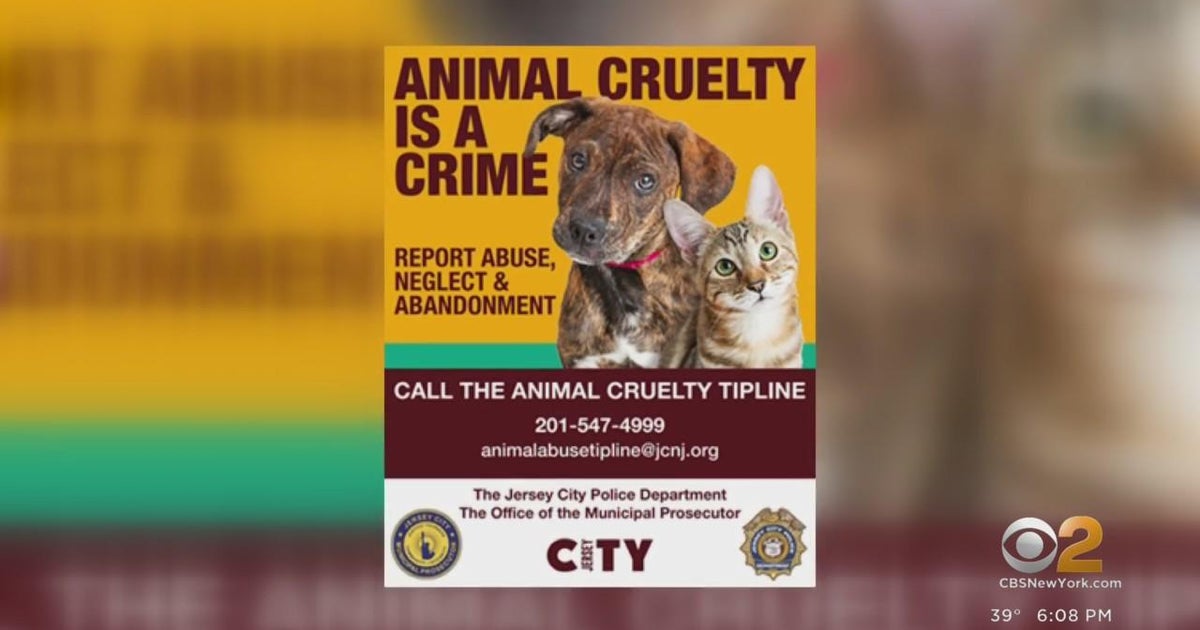New Jersey, with its vibrant urban centers and expansive rural landscapes, is a state that boasts a rich tapestry of wildlife and domestic animals. However, beneath this picturesque facade lies a distressing reality: animal cruelty persists. The issue is not only prevalent but often insidiously ingrained in practices that are overlooked or normalized. To combat this, it is imperative to understand the most common offenses occurring in the state.
One of the most alarming forms of animal cruelty is neglect. This may manifest in a multitude of ways, encompassing insufficient food and water, lack of medical care, or inadequate shelter. In New Jersey, where winters can be brutally cold and summers distinctly humid, the implications of neglect can be dire for animals left to fend for themselves in harsh conditions. Stories of dogs tethered outdoors with no protection against the elements and cats left to roam without proper nutrition are not uncommon, effectively constituting an egregious violation of the animal’s basic rights.
Physical abuse represents another grave offense that is sadly not uncommon. This category includes actions ranging from beating or kicking animals to more severe forms of violence, such as group dog fights or organized cruelty spectacles. Investigations often reveal that this brutality is not merely a product of momentary anger; instead, it is often indicative of a deeper, societal malaise. The understanding of how violent behaviors toward animals can be a precursor to similar aggressions towards humans underlines the urgency in addressing this issue. The interconnectedness of such actions calls for a comprehensive initiative focused on education and rehabilitation of offenders, emphasizing empathy and compassion towards all living beings.
In addition to neglect and physical abuse, hoarding is a particularly insidious form of cruelty that can emerge under the guise of ‘rescue’ or ‘love’ for animals. Individuals collect numerous animals, believing they are providing a sanctuary. However, this often leads to overcrowded living conditions that are unsanitary and detrimental to the health of both the animals and the humans involved. New Jersey has seen a number of severe hoarding cases where numerous felines or canines are found in deplorable states, suffering from malnutrition and lack of veterinary care. The shocking discovery of hundreds of animals in a single residence not only raises alarms about individual welfare but also points to a systemic failure in identifying and addressing these cases effectively.
Furthermore, the illegal trade of animals epitomizes a harrowing facet of animal cruelty in New Jersey. This illicit network often centers around the exploitation of animals for profit, whether it be through the sale of endangered species, puppy mills, or the clandestine operations involving exotic animals. The aesthetics of a pet shop or display may be deceiving; behind the scenes, animals may be subjected to abhorrent conditions, leading to physical ailments and psychological distress. The regulations surrounding animal sales need rigorous enforcement; many pet shops and breeders fall short of humane treatment, prompting the need for stringent reforms and stricter oversight to safeguard the wellbeing of these vulnerable beings.
Dog fighting, a brutal blood sport, remains a horrifically common issue, particularly within certain subcultures. In New Jersey, like in many other states, law enforcement agencies have uncovered numerous fighting rings, where dogs are pitted against each other in gruesome contests for entertainment and profit. The repercussions of such barbarity extend far beyond the animals involved; they often expose the community to lawlessness and violence. Education and community outreach programs are essential in shifting perceptions around dog fighting, framing it as an act of cruelty rather than a sport. Engaging local residents and fostering a culture of accountability is critical in dismantling these hazardous networks.
In response to the pervasive issue of animal cruelty, New Jersey has made strides toward protective legislation. However, it is evident that while laws exist, the enforcement of these laws often leaves much to be desired. Greater training for law enforcement and animal control officers in recognizing the symptoms of animal cruelty, coupled with a robust reporting system, is imperative. Citizens must be empowered to act—anonymity in reporting cruelty can alleviate the fear of reprisal, motivating more individuals to step forward and expose maltreatment. Initiatives like anonymous tip lines show promise in bridging this gap, encouraging public involvement in the fight against animal cruelty.
Ultimately, it is the responsibility of society to recognize and challenge the heinous reality of animal cruelty. Awareness is the first step; through education, communities can foster empathy and solidarity around animal rights. Every creature deserves a life free from suffering, and understanding the varied forms of cruelty rampant in New Jersey is crucial to enacting change. By bringing these offenses to light, society can shift perspectives and galvanize action, ensuring that the voiceless are protected and given the respect they rightfully deserve.
In conclusion, the fight against animal cruelty is far from over in New Jersey. As advocates for animal welfare, it is our duty to remain vigilant, to challenge complacency, and to strive unyieldingly for a world where compassion prevails over cruelty. By recognizing the most common animal cruelty offenses, we acknowledge the necessity of multifaceted intervention strategies that encompass education, community engagement, and rigorous law enforcement. Only through collective awareness and proactive measures can we hope to usher in a transformative era for animal rights in the Garden State.









